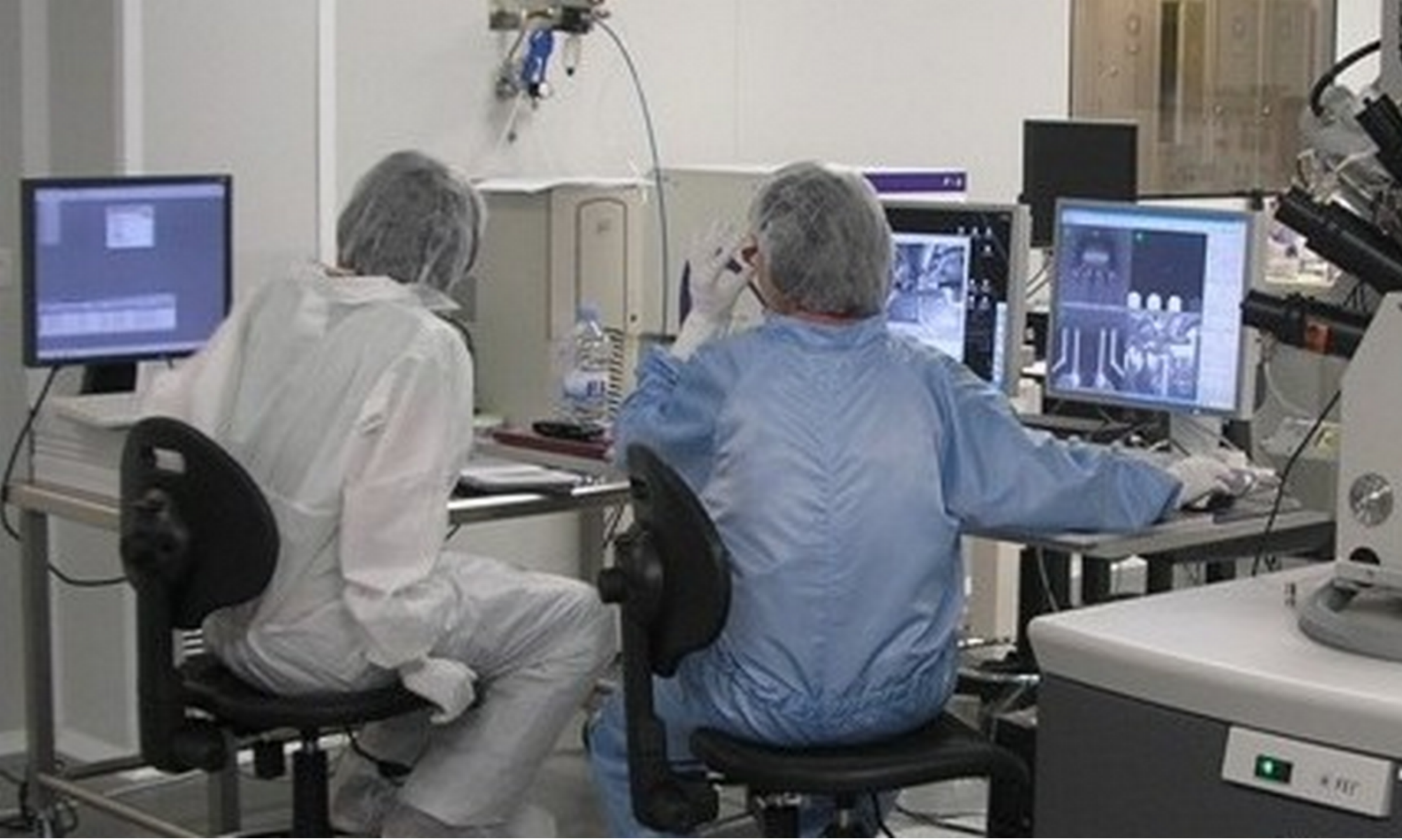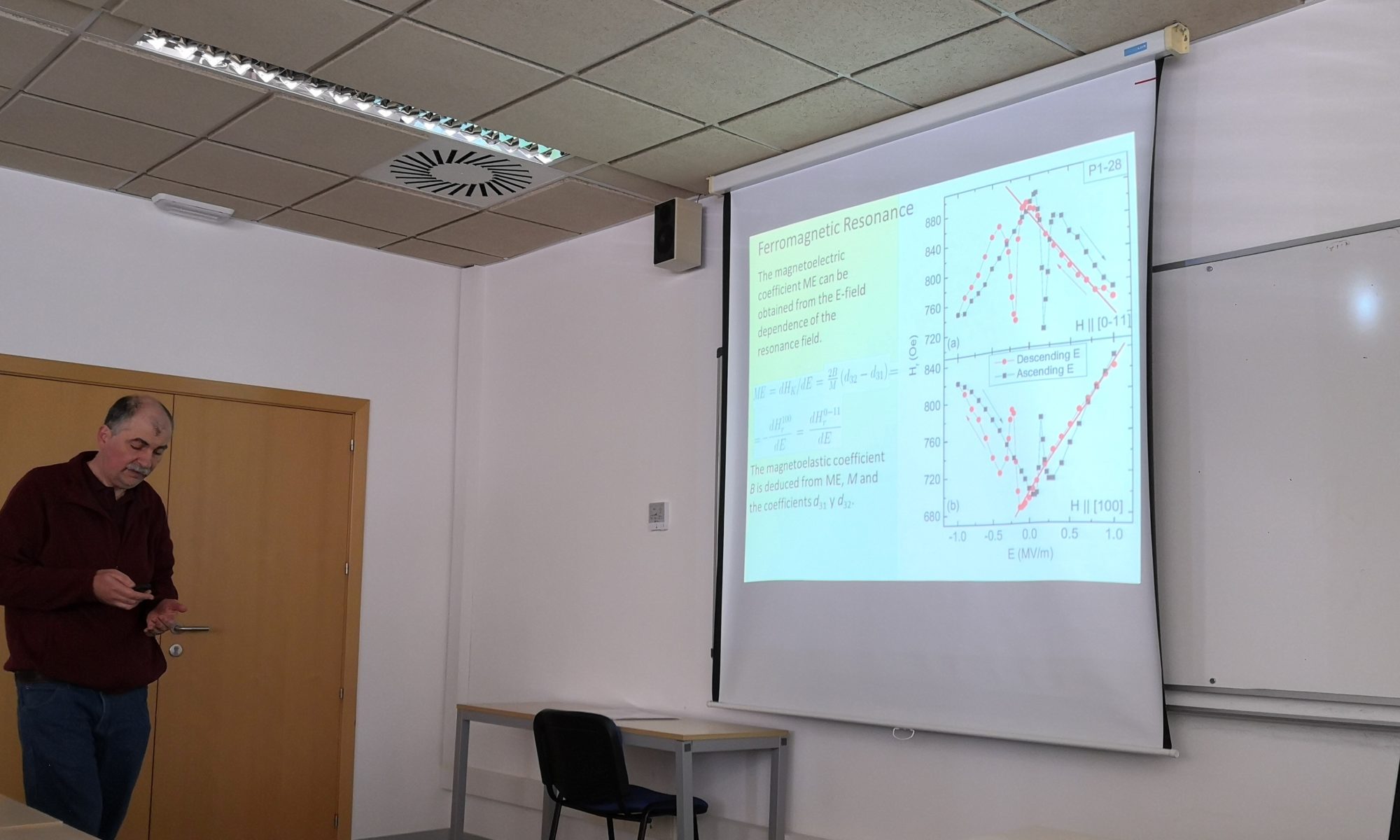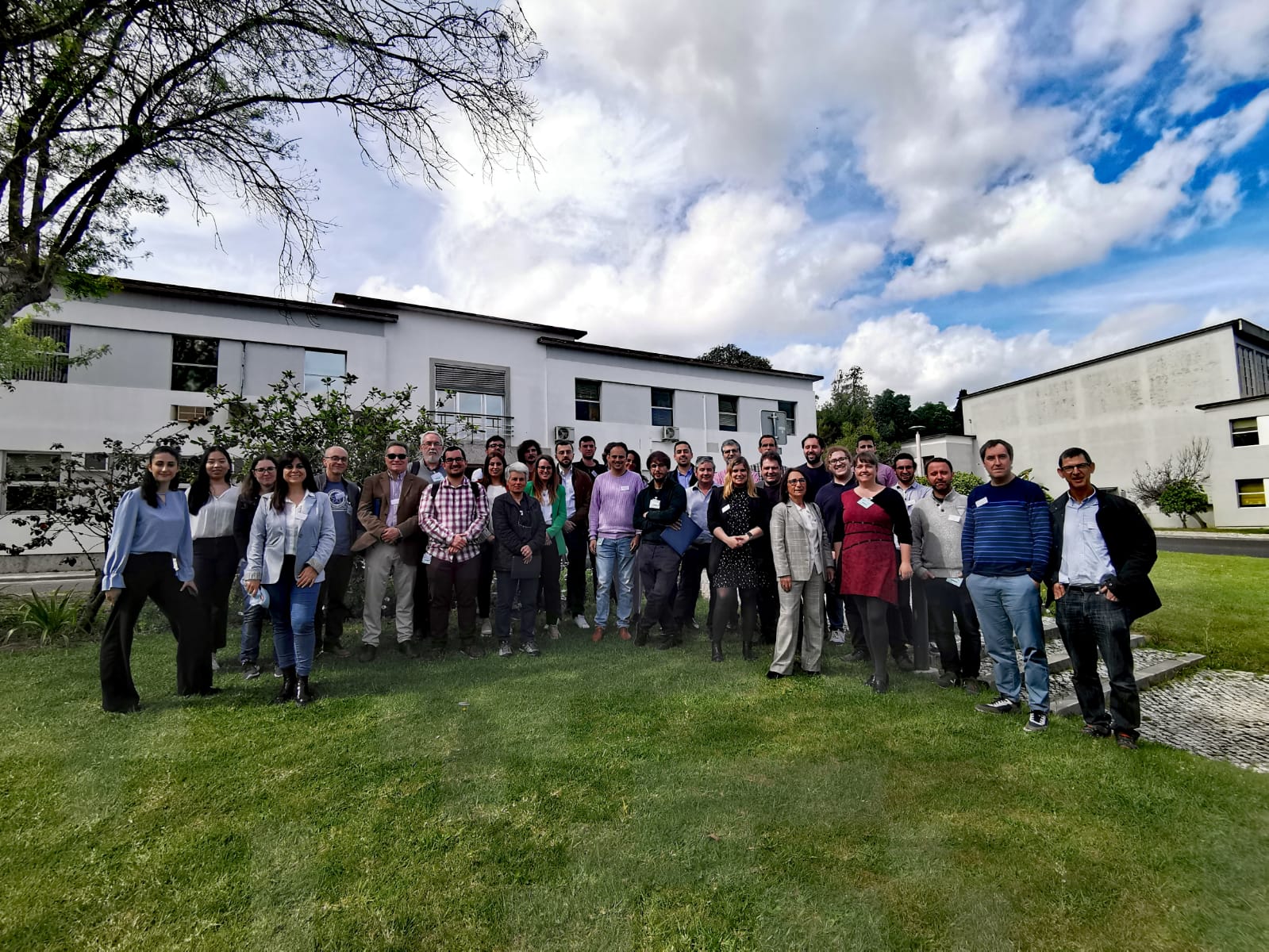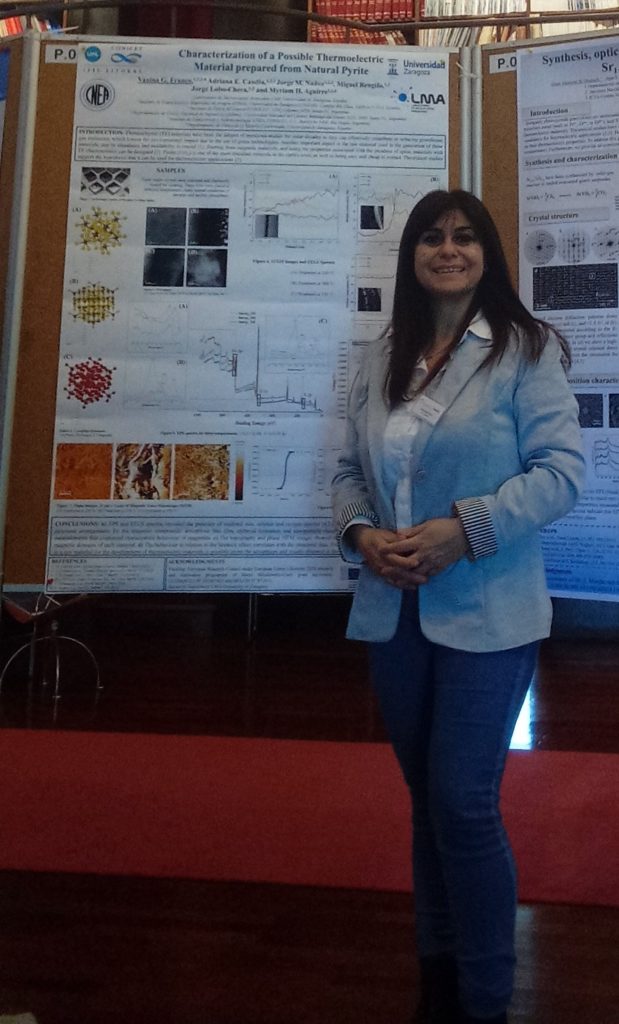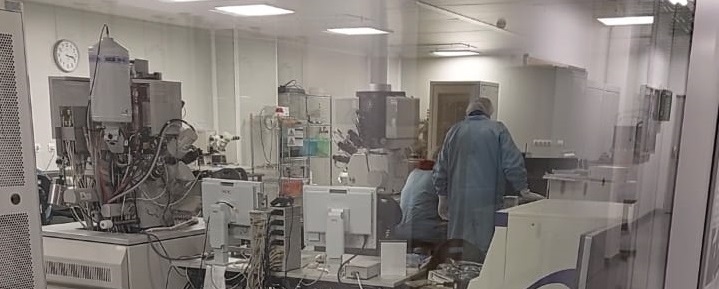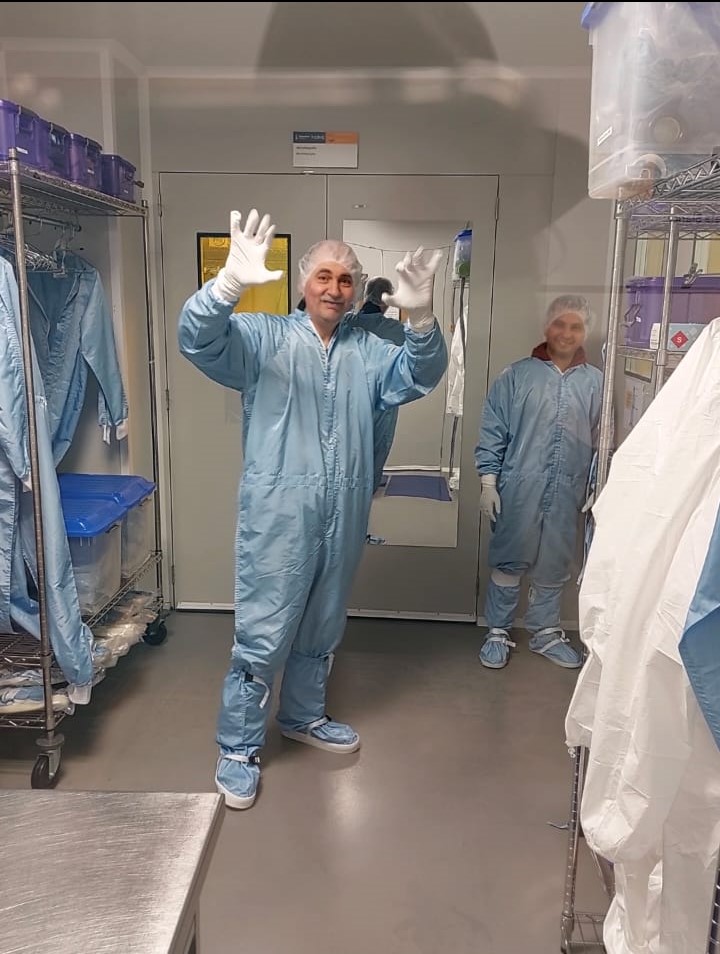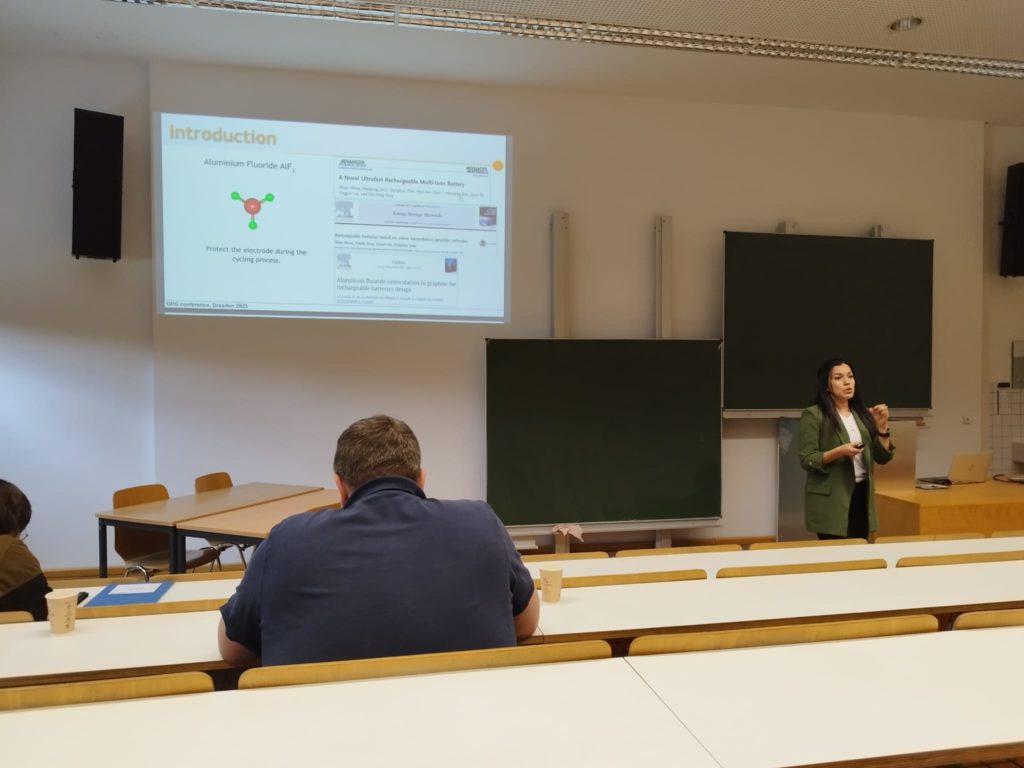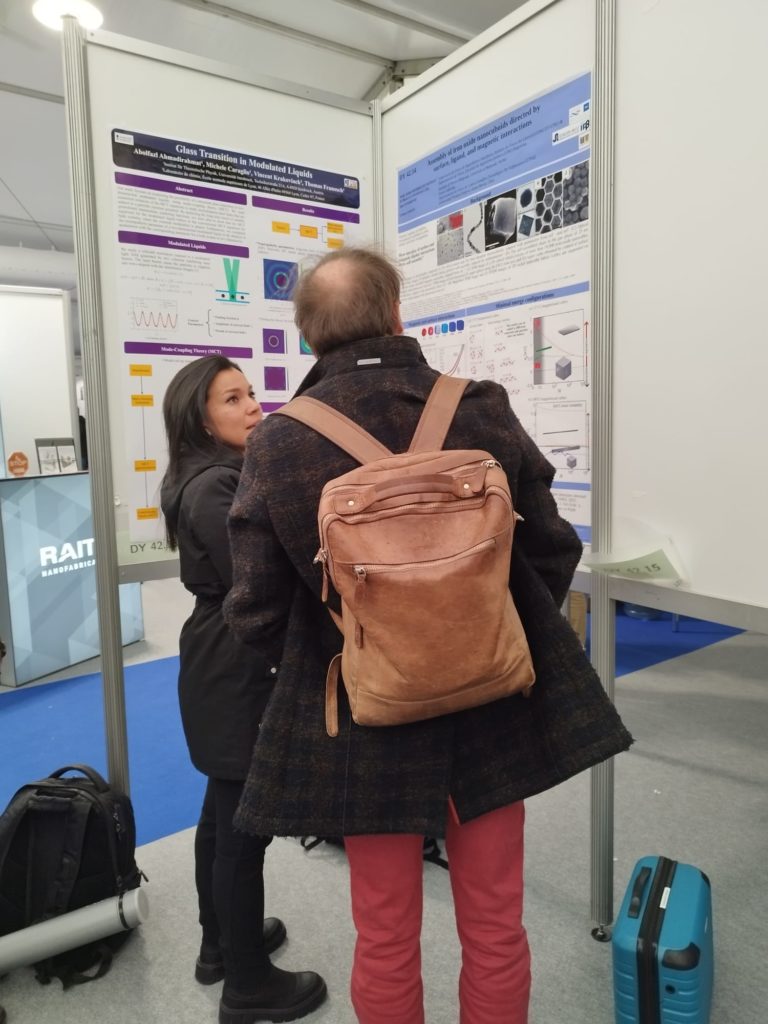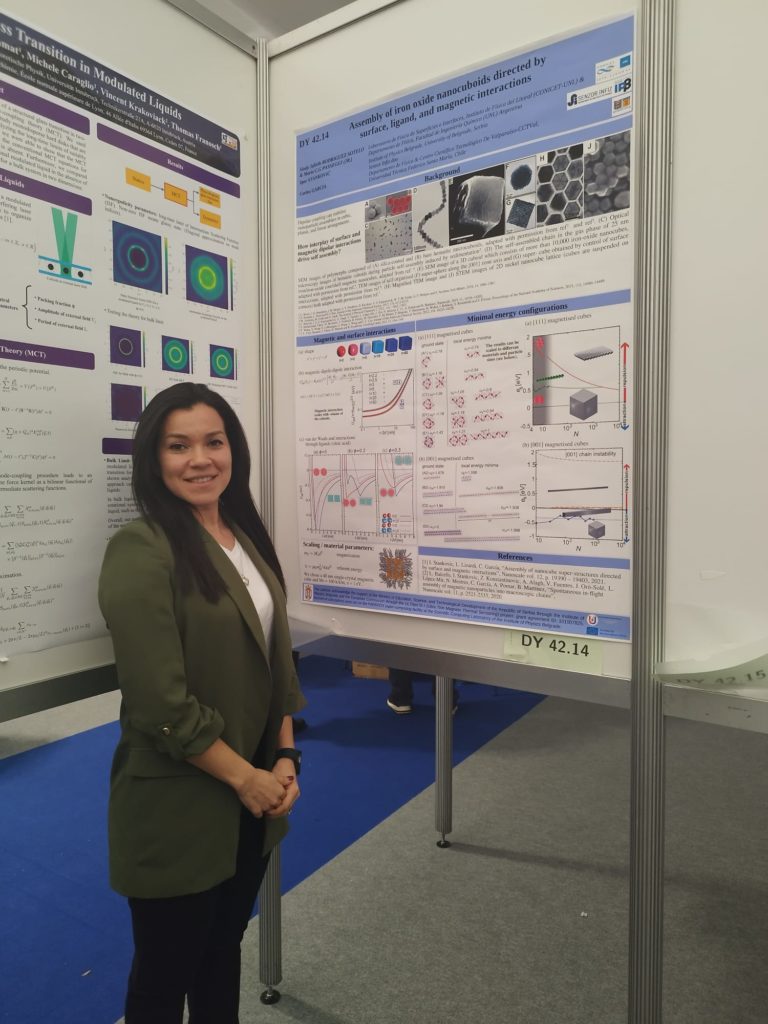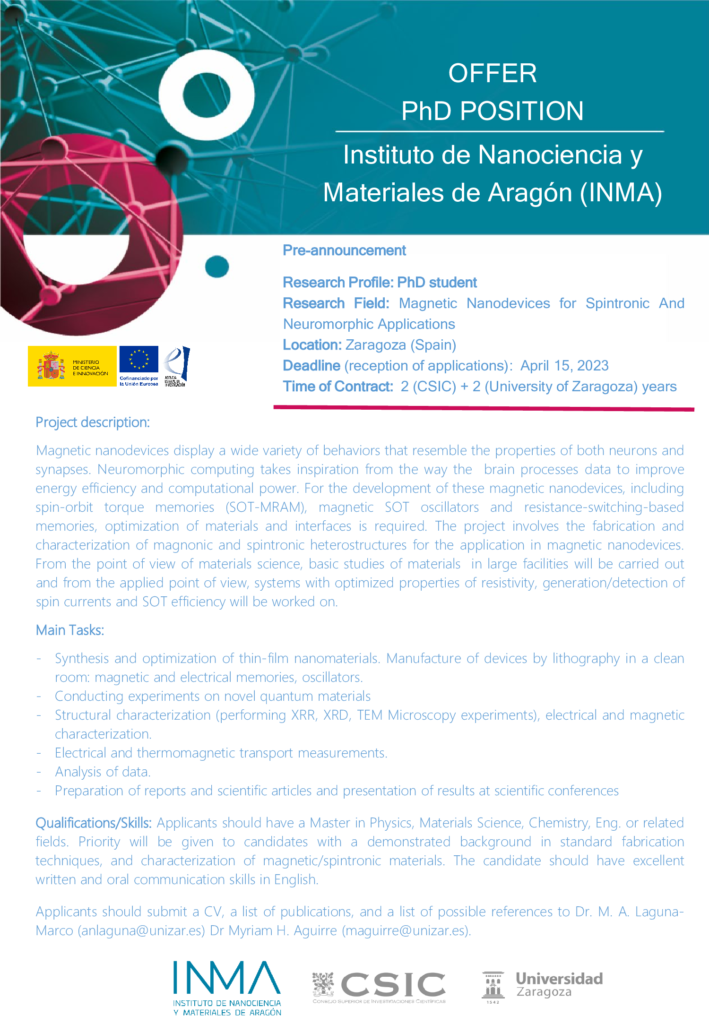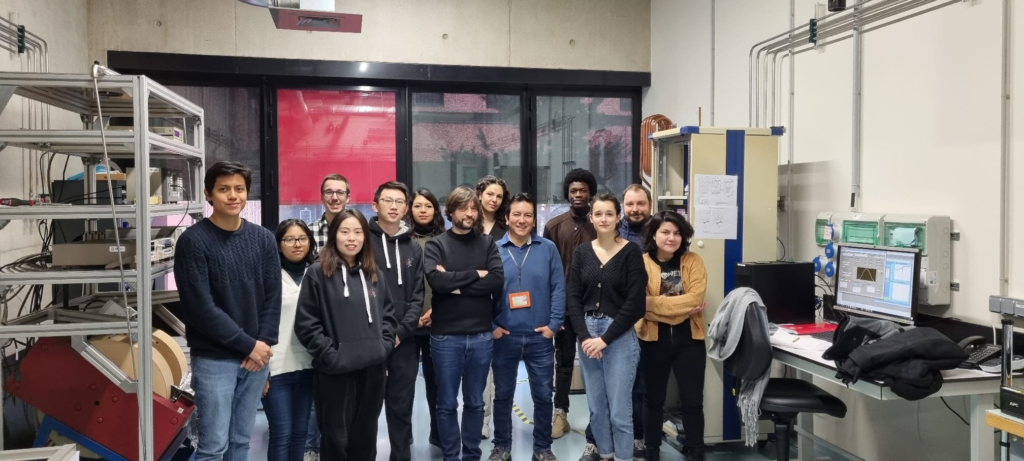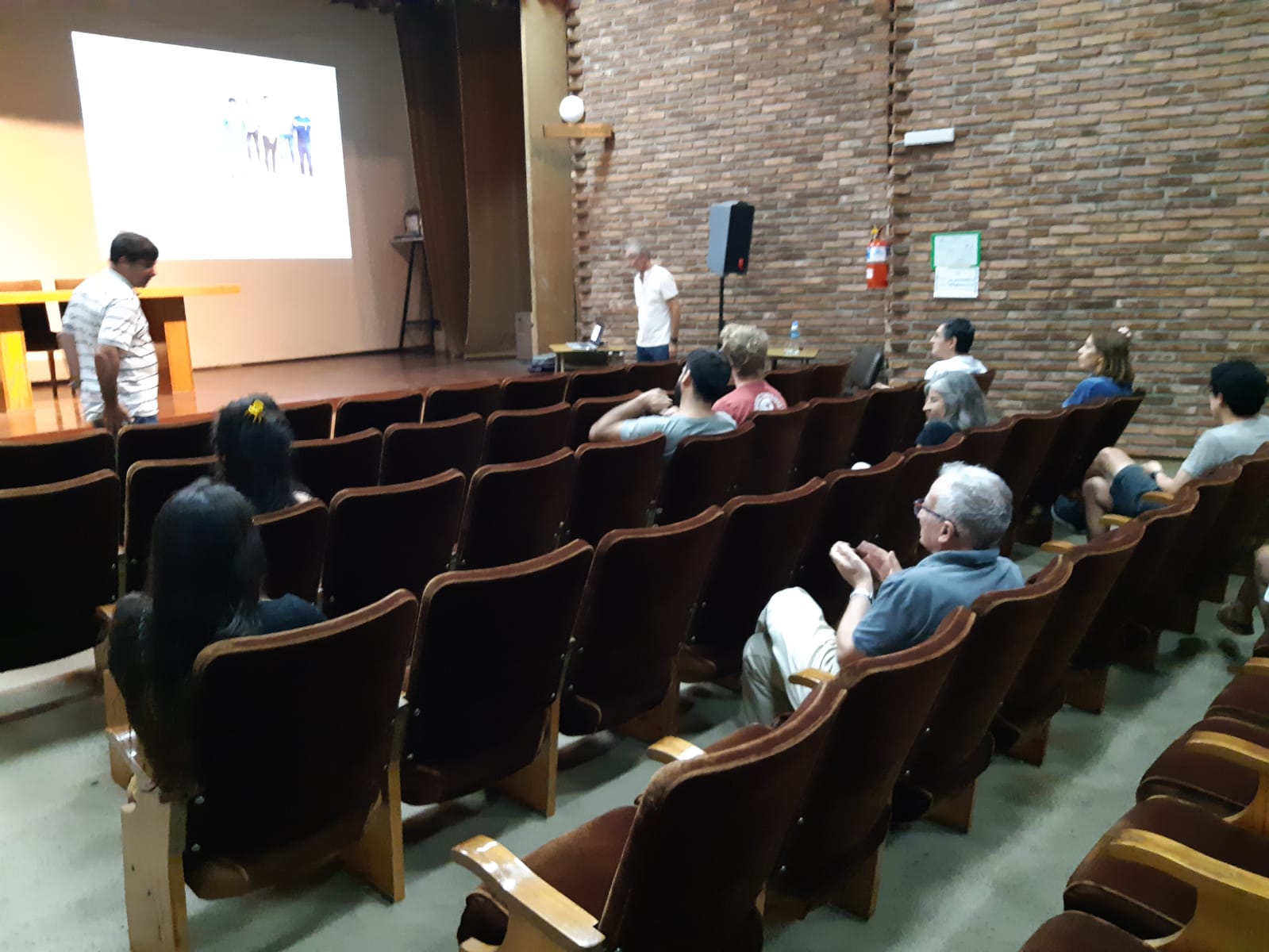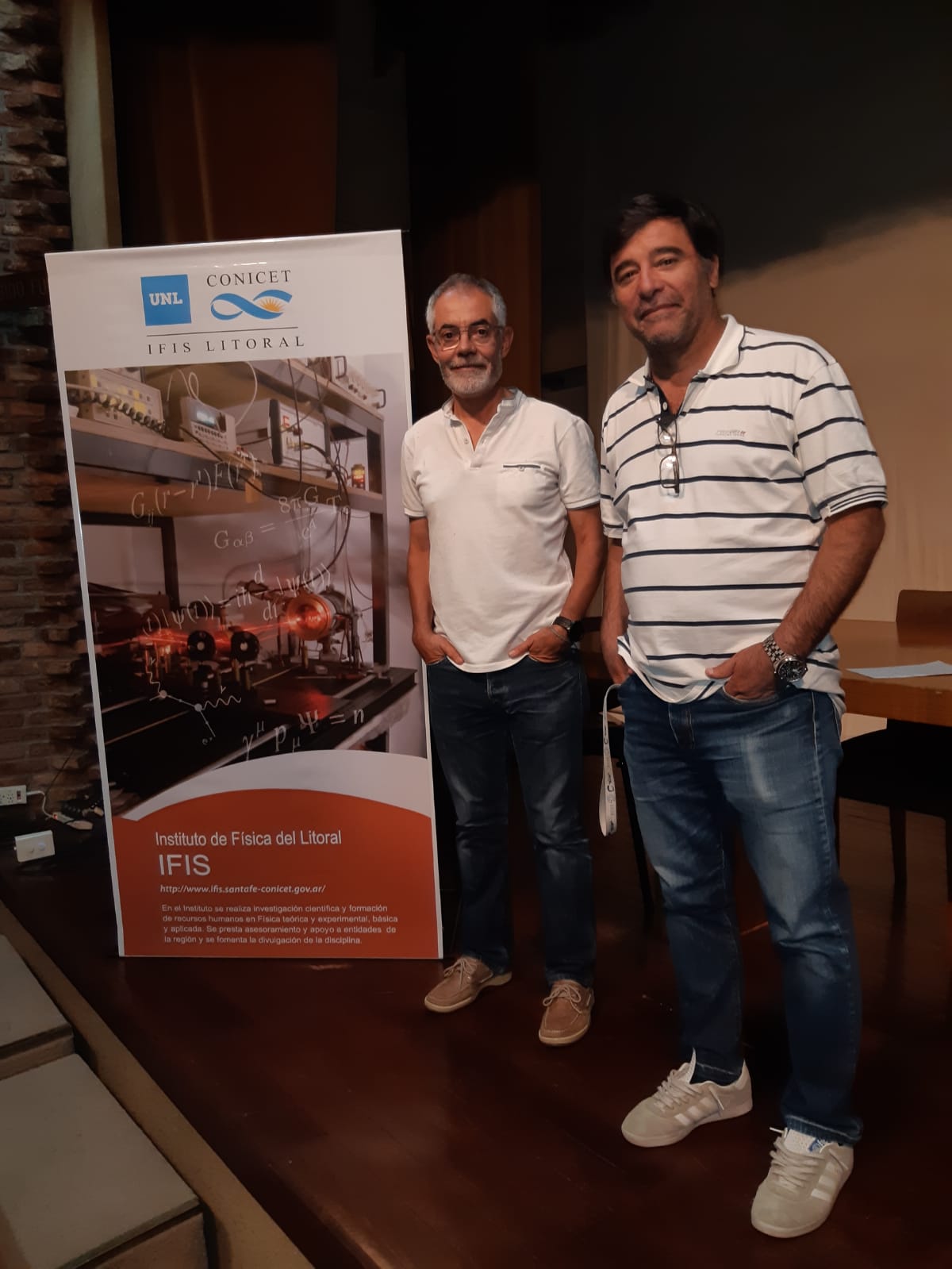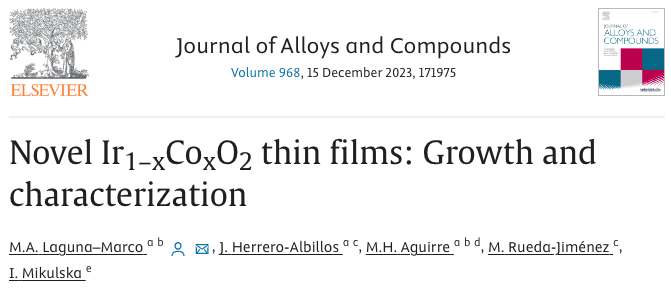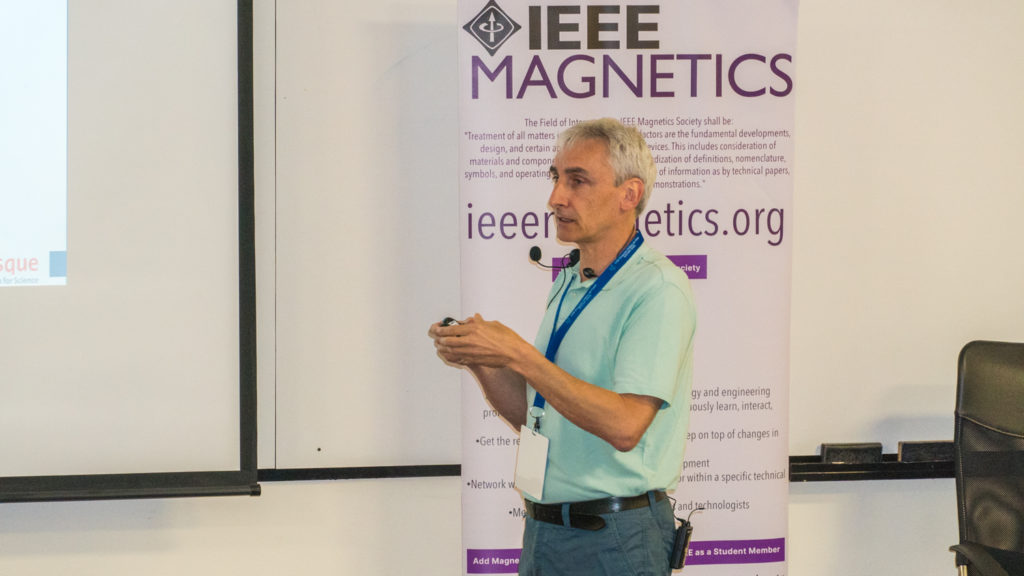INMA Seminar: Ferromagnetic films on ferroelectric substrates – Alejandro Butera
The INMA Seminar and RISE-ULTIMATE-I Project hosted a seminar entitled “Ferromagnetic films on ferroelectric substrates”. The seminar willtake place on 17 April 2023. The session was given by the CONICET professor and researcher Alejandro Butera, from the Instituto Balseiro de San Carlos de Bariloche-Argentina.
The seminar took place on Monday 17 April at 12h in the Aula del Edificio I+D+I, 1st floor, Campus Río Ebro.
Summary: We present a study of the effects of applying an electric field on the magnetic response of Fe89Ga11 thin films deposited on PMN-PT (011) and (001) single-crystal ferroelectric substrates. Upon application of an electric field, we have observed that the M vs.H hysteresis loops are modified in the films grown on PMN-PT (011) crystals, consistent with a positive magnetostriction constant that depends on the film thickness. From ferromagnetic resonance experiments at 9.5 GHz, we obtained a thickness-dependent magnetoelectric constant in substrates (011), with a maximum dH/dE ~150 Oe.m/MV for t = 28 nm, consistent with estimates made from M vs. H loops.
We find that the facile magnetisation direction can be rotated by 90° with the application of an electric field only for 28 nm films deposited on PMN-PT (011). In thinner films, the magnetoelectric coefficient is too small to overcome the magnetic anisotropy. These results indicate that if magnetostrictive materials are to be applied in straintronics devices, the dependence of magnetic parameters on film thickness must be taken into account for optimal performance.
I will also give a summary of other topics we are investigating in the Magnetic Films group of the Magnetic Resonance Division – Bariloche, Argentina.
Authors: María Julia Jiménez, Livio Leiva, J.L. Ampuero Torres, G. Cabeza, J.E. Gómez, D. Velázquez Rodriguez, J. Milano, and A. Butera (presenter) from Laboratory of Magnetic Resonance Imaging, Bariloche Atomic Centre and Balseiro Institute, Bariloche, Argentina.
https://inma.unizar-csic.es/en/agenda-eventos/inma-seminar-alejandro-butera/

